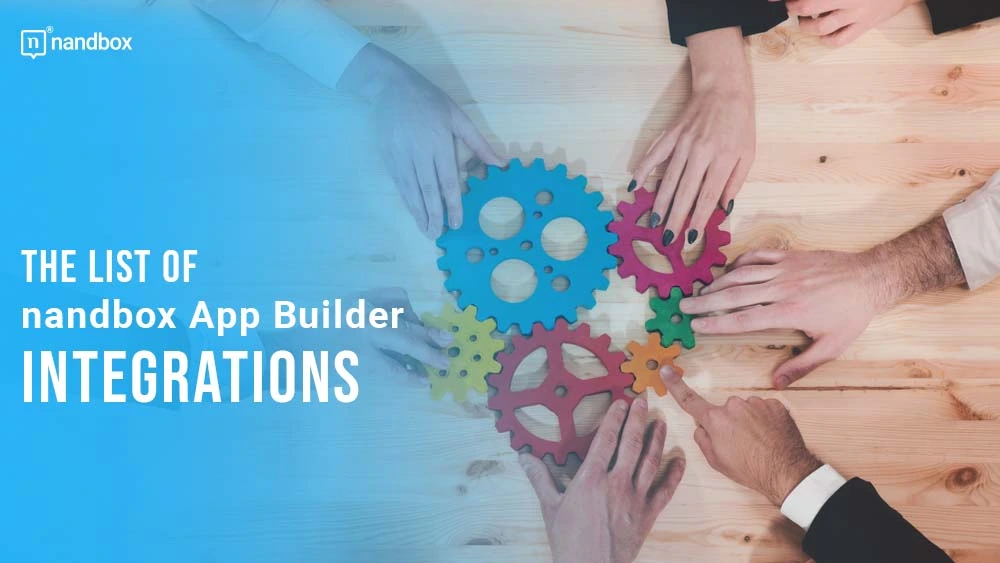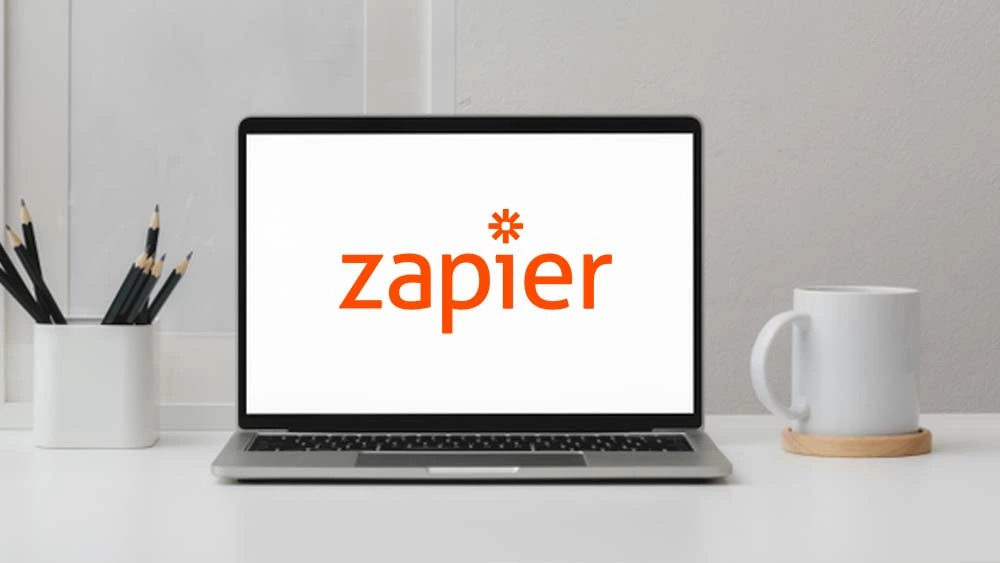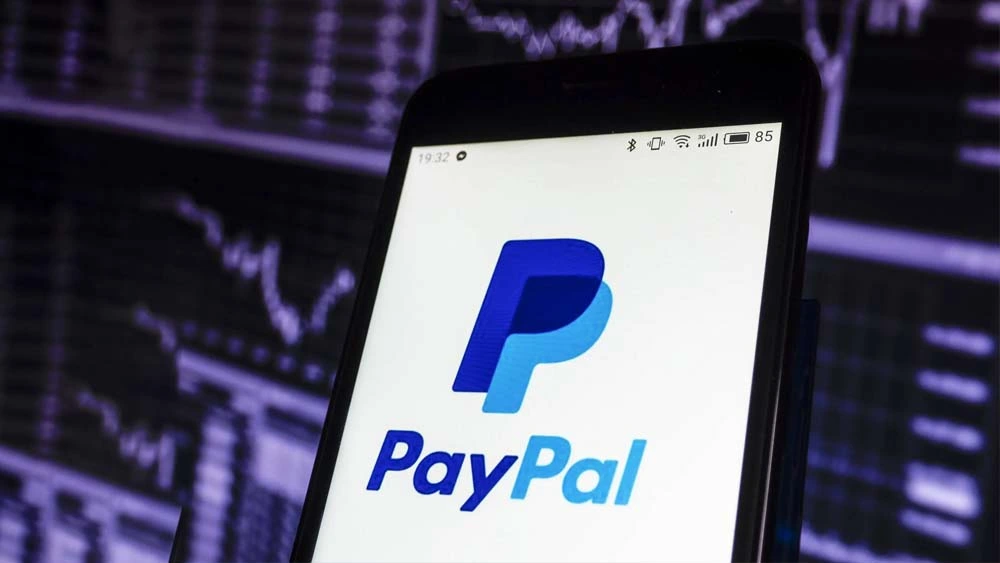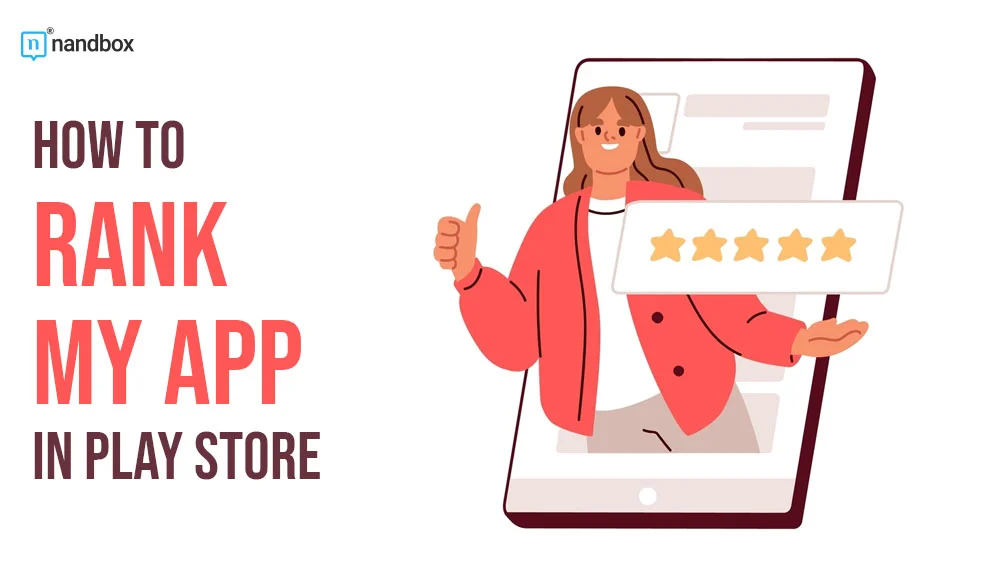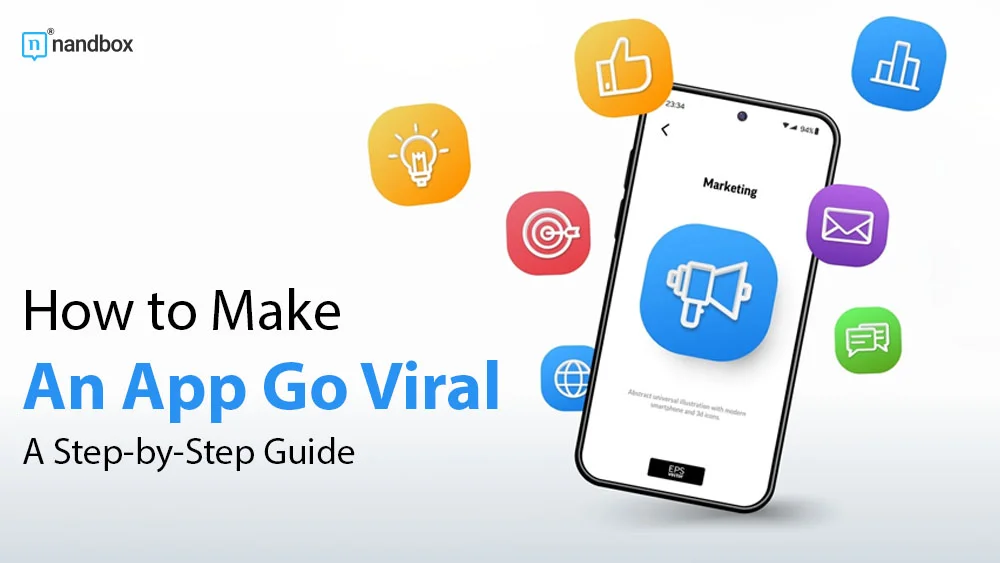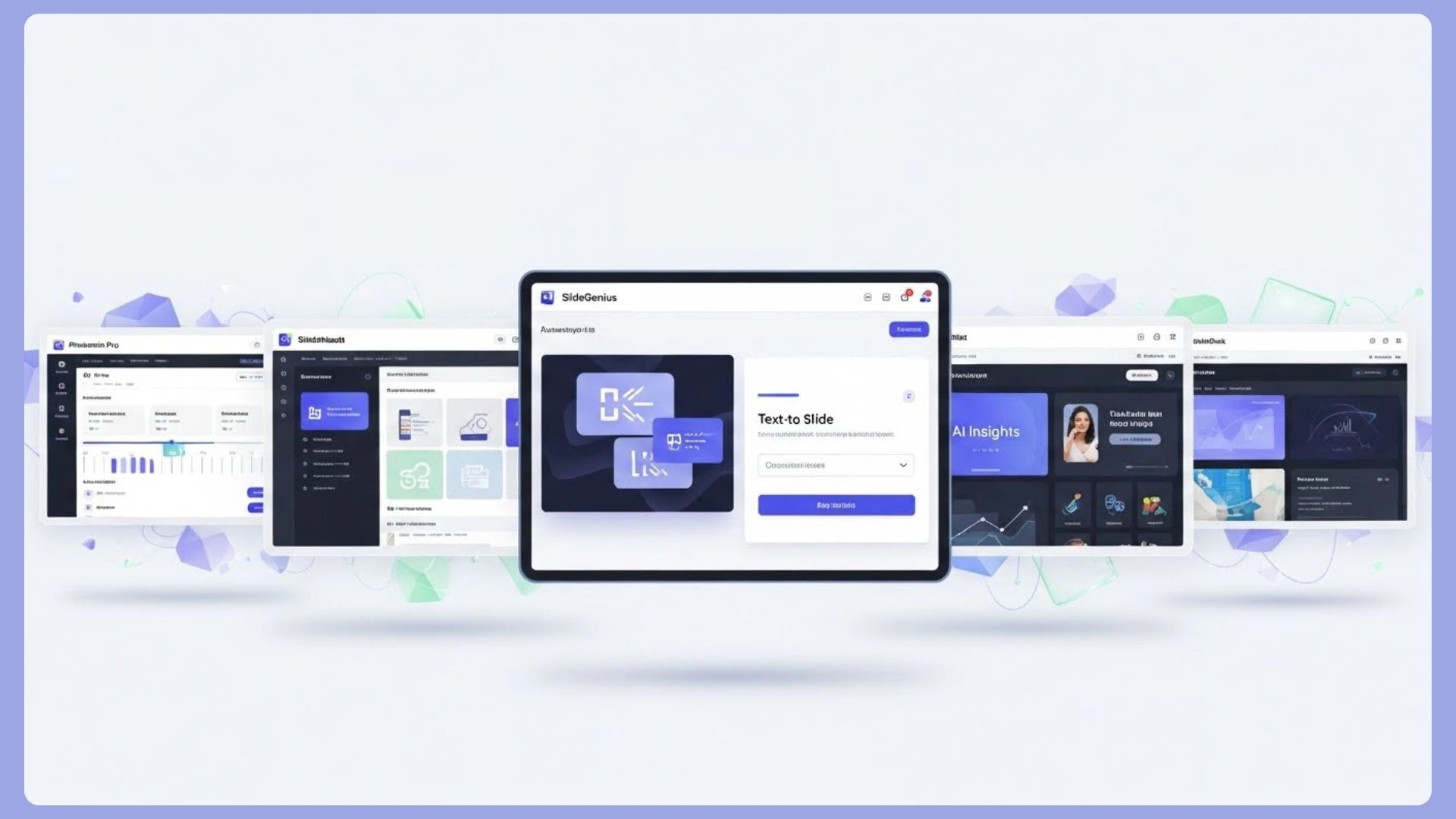The List of nandbox App Builder Integrations
It’s vital for app developers to always think outside the box to stay ahead of the game, even if it means collaborating with other services. At nandbox Inc., we exert effort to include integrations that facilitate the process for our developers and users. This is a list of integrations the nandbox app builder supports that improve the creators’ app-building efforts and enhance their users’ experience.
Why We Support Integrations: The Benefits
1. They save time for our developers, as they can connect with another server for a specific function without having to program it from scratch.
2. They make way for introducing more features to users without developers doing extra work; it’s a win-win.
3. Integrations are often handled by the provider, so if there’s an issue, they take care of it, so less time is spent on maintenance and updates.
4. They make apps more efficient and provide a better user experience. Users can access various systems within the app in a few easy steps.
List of Integrations
1. Zapier
Zapier is an online automation tool that offers thousands of pre-built integrations. It enables users to connect two or more applications to automate repetitive tasks without coding or relying on developers to build the integration. It lets users create and customize automated workflows in a few easy steps. With Zapier, users can transfer and update data between their apps, saving time and effort that would have been spent on manual work. For example, if the user wishes to publish a post on all their social media platforms at once, they can set a trigger to do so once they publish on one of the platforms. So, when the post is published on Instagram, it will be duplicated on other channels, like Facebook and Twitter, or even sent as a message on Gmail or Slack.
Integrating Zapier with your App
To Integrate your app with Zapier, you first create an account on Zapier. Then, you create a zap. Creating a zap requires finding nandbox as your platform first to set a trigger, which can be publishing a post, for example, and picking the action, which can be publishing that post on a channel in your app or other platforms.
Afterward, you can get your app’s API key for Zapier to find and connect to your app. Then, you can copy and paste the channel ID, so every time the post is published, it will be automatically added to that specific channel. Lastly, you can add more platforms where the post will be published, like more channels in the app or other platforms like Slack or MailChimp.
2. PayPal
PayPal is a digital payment platform that allows users to securely send and receive money online. It provides an easy, safe, and secure way to move money between users and businesses. With PayPal, users can make payments in just a few clicks; and they don’t have to enter their credit card information each time. PayPal also offers sellers the ability to accept payments from customers in many currencies, making it easier for them to do business internationally. The PayPal module is a payment gateway; once you integrate it with your app, users can utilize it to pay for store items in your e-commerce app, subscriptions on your channel, or any in-app purchases using a secure internet connection.
How to Integrate PayPal with Your App
PayPal is a payment gateway, you can easily integrate it into your app. In the app settings menu, under payment methods, toggle the button to enable PayPal in your app. Afterward, you can configure it by clicking on the arrow next to the PayPal button. Then, enter the information in the input cells prompted on the next screen. Follow this step by step guide to configure it smoothly.
3. Stripe
Stripe is an online payment processing platform that allows businesses to accept payments from customers in over 135 currencies. It allows merchants to set up recurring payments for subscription services, process refunds, and even issue invoices by integrating with invoicing software for customers. The Stripe module is one of the most popular payment gateways and provides a secure and easy way for users to pay for in-app purchases.
How to Integrate Stripe with Your App
To integrate Stripe with your app, you sign up for a Stripe account and enable payments in the app settings menu. Then, you need to fill in the information on the page, such as your Stripe account ID, and click on the “Connect to Stripe” button. Once that is done, you can enable Stripe for your app and start accepting payments from customers.
4. Chatbot Integration
What is a chatbot?
A chatbot is a computer program designed to simulate conversation with human users, especially over the internet. Chatbots can answer customer questions, provide customer assistance, and automate tasks such as scheduling appointments or ordering products. With nandbox, users can integrate chatbots into their apps by connecting their chatbot to their application and allowing users to interact with the chatbot. This can be done by setting up an authentication token and a webhook URL, which will be used to send and receive messages. Integrating a no-code chatbot into your app also enables customer interactions without needing complex coding, providing seamless communication and support.
How to Create a Chatbot
In the app builder’s side menu, select the API & Integrations tab. Then, click on Create to start creating a new bot. There are some APIs/Bot that are already implemented by third-party vendors offered in the Bot marketplace, where you can add them to your nandbox App and determine their access level to the information within your app. For example, Mailchimp and Zapier bots have already been created, among many others.
5. The Workflow Feature: Integrate with any Backend Server
Now that you know more about chatbots, you can use them to integrate your system with the nandbox’s workflow feature. The feature allows you to add buttons, input, and output cells to integrate with any backend system. So when users click on the buttons or enter data in the input cells, they will get redirected to your server to retrieve data or make payments, for example.
How It Works
To start integrating, you create a bot in the nandbox app builder and extract its authorization token. Afterward, you can use the bot’s token to build a link between your system and the application.
The nandbox native app builder has essential integrations to provide an exceptional user experience. And we’re always working on adding more to enhance the app-building process. Sign up today for a free trial to try the best no-coding app builder.
